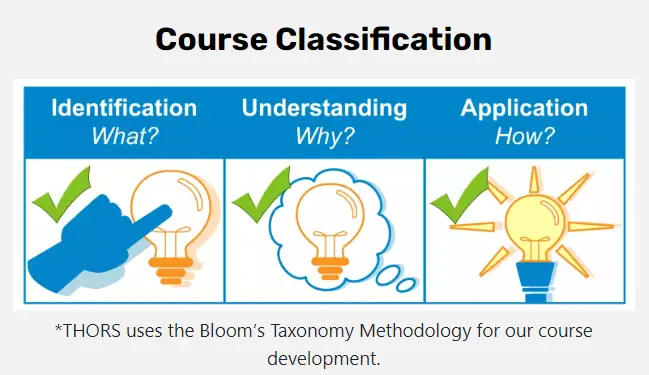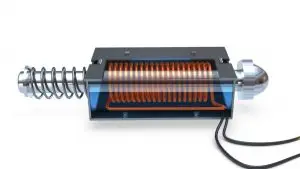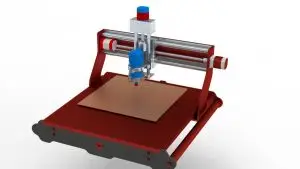Course Description
Semiconductor manufacturing involves complex processes and multiple techniques. The THORS Semiconductor Manufacturing III course explores several crucial processes, including etching, ion implantation, and thermal processing. It provides information on different etching and cleaning techniques for etching diverse materials. The course also covers the ion implantation process, various types of implanters, and thermal processing. Interactive quizzes are incorporated into the course to enhance the learning journey, enabling learners to assess their comprehension and retention of visually stimulating content.
Who will benefit from this semiconductor manufacturing process course?
Quality, manufacturing, engineering, design, testing, purchasing, and sales functions at organizations that require an understanding of how semiconductor devices are manufactured.

Certificate Awarded for Semiconductor Manufacturing III

*upon successful completion
Related Posts

Orientation versus Onboarding: Understanding the Differences
When discussing “orientation versus onboarding”, it’s vital to recognize that, though frequently conflated, they serve distinct purposes in the professional environment. Despite both focusing on

Benefits of eLearning in Manufacturing
In the world of manufacturing, training is essential. Every employee needs to understand how to use equipment, follow procedures, and maintain quality standards. With the advent
Emerging Trends in Semiconductor Materials
Constant research is being done with semiconductor materials that will aid in the development of faster chips, reduce environmental hazards, and cut down the cost



